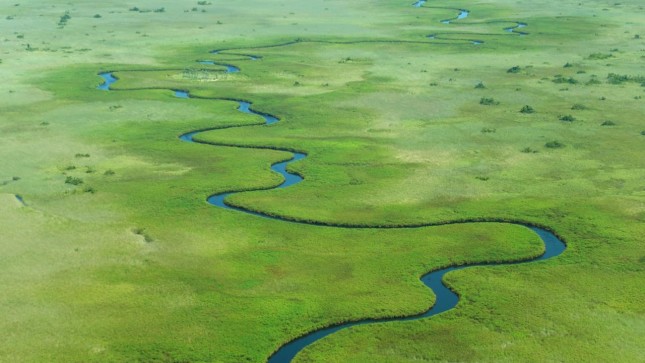-
The Top 5 Posts of July 2020
August 14, 2020 By Wilson Center Staff
The U.S. Agency for International Development revamped its Water Office this spring, renaming it the Center for Water Security, Sanitation, and Hygiene, and adding it to the Bureau for Resilience and Food Security. In this month’s top post, Stephanie Cappa and Sarah Davidson highlight the importance of this shift for elevating water security as a central development issue, and call for increased attention and support to build more resilience and sustainability into food and water systems.
Water was a popular topic this month as Scott Moore highlights China’s post-pandemic water woes in our second top post. Southern China, the region where COVID-19 was first detected, has also been inundated by heavier than average rainfall and subsequent catastrophic flooding since late May, leading residents and leaders to tackle simultaneous political, ecological, and health crises.
The China Environment Forum grabbed the third top spot this month. Catie Tobin shines a light on the microplastics in your oysters—how they get there, the risks they could pose to human health, and the need for both macro and micro solutions to microplastics.
Our fourth and fifth top posts highlight recent Wilson Center events. In the fourth most read post, Eliana Guterman recaps an event on the impact of the COVID-19 pandemic on Syrian and Rohingya refugee communities. In our fifth most read post, Amanda King spotlights an event with Representative Alma Adams (D-NC-12) on women, race, and COVID-19 in the United States.
- USAID’s New Center for Water Security Signals Progress, But More is Needed by Stephanie Cappa & Sarah Davidson
- China’s Post-Pandemic Water Woes by Scott Moore
- The World Is Your Oyster and Your Plastic Pollution Is Getting Into It by Catie Tobin
- Refugees and COVID-19: A Closer Look at the Syrian and Rohingya Crises by Eliana Guterman
- Women, Race, and COVID-19: A Conversation with Representative Alma Adams by Amanda King
Photo credit: Kavango-Zambezi Transfrontier Conservation Area, Courtesy of USAID.
Topics: What You Are Reading
 A Publication of the Stimson Center.
A Publication of the Stimson Center.



